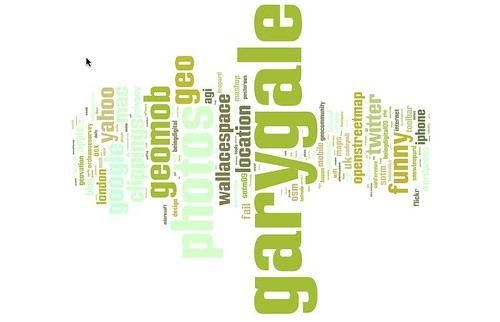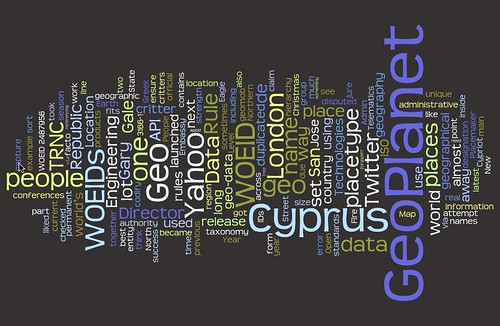The Changing Map Of Europe's Boundaries
The boundaries of Europe's constituent countries have changed a lot in my lifetime. Some countries don't exist anymore whilst others have come into existence. But it takes a map visualisation to make you realise just how much the map of Europe has changed.
Actually, it takes two map visualisations. The first, courtesy of the BBC, dates from 2005 and covers the years between 1900 and 1994. Starting wit Imperial Europe and fast forwarding though two world wars, plus the Cold War and taking in the collapse of the Communist Bloc and the expansion of the European Union.


